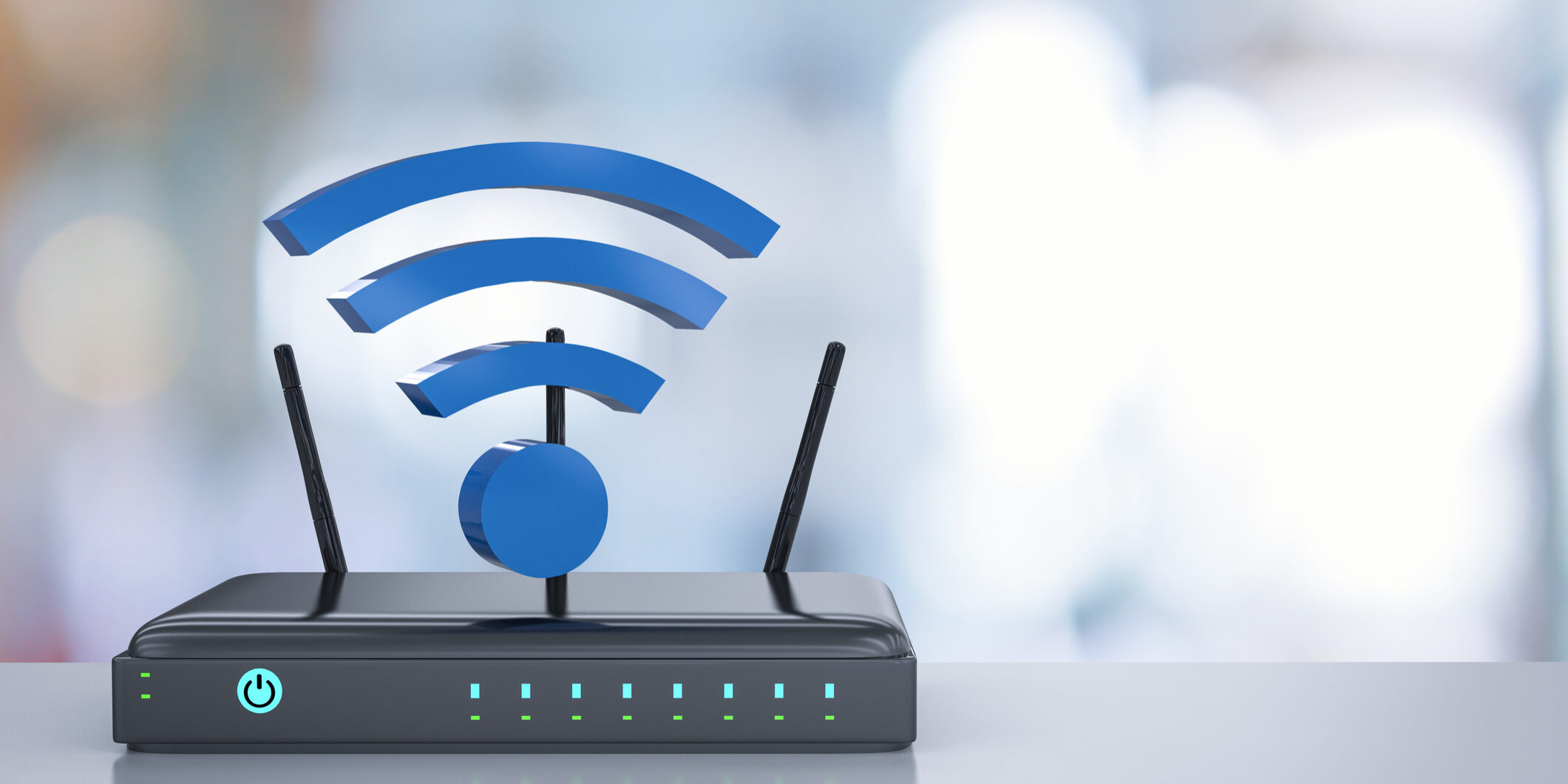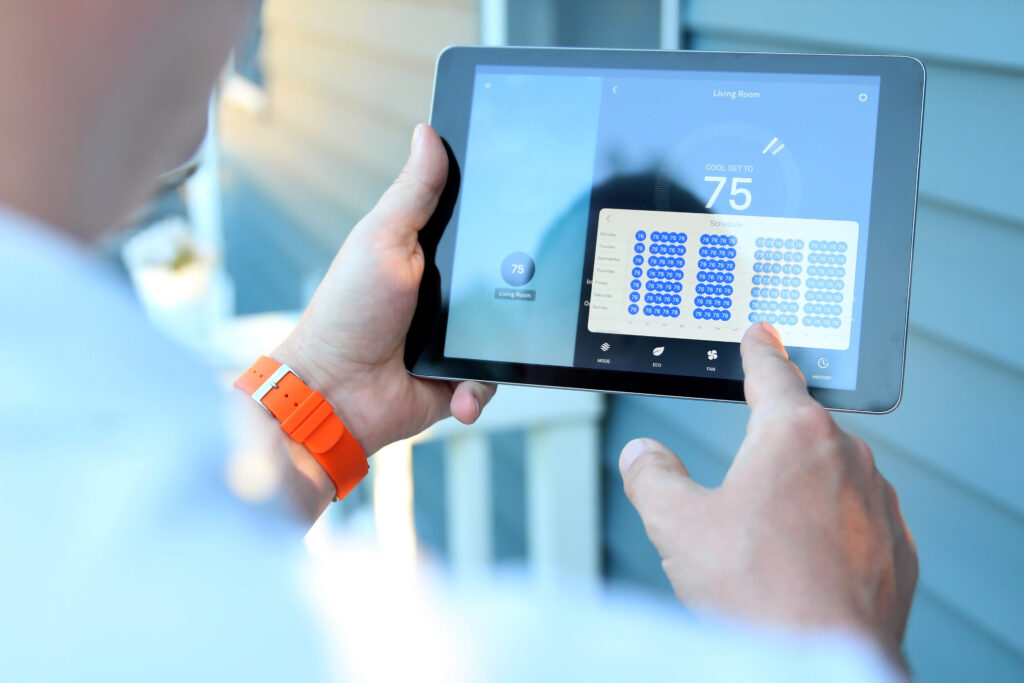Smart Buildings Blog
The latest on all things commercial building automation, energy management, and IoT
LoRaWAN vs. Wi-Fi

LoRaWAN (Long Range Wide Area Network) is a wireless communication technology for long-range, low-power, and low-data-rate applications. It enables the connectivity of devices over long distances while consuming minimal power, making it suitable for Internet of Things (IoT) deployments. On the other hand, Wi-Fi (Wireless Fidelity) is a wireless networking technology primarily used for local area network (LAN) connectivity and high-speed data transfer.
Here are some differences between LoRaWAN and Wi-Fi:
- Range and Coverage: LoRaWAN is optimized for long-range communication, allowing devices to transmit data over several kilometers, even in challenging environments. This long-range capability makes LoRaWAN ideal for applications that require wide coverage, such as smart cities or agricultural monitoring. In contrast, Wi-Fi has a shorter range, typically reaching a few hundred feet, and is designed for local network coverage within buildings or specific areas.
- Power Consumption: LoRaWAN devices are engineered to be power-efficient, consuming very little energy. This characteristic enables battery-powered devices to operate for an extended period, ranging from months to years, without requiring frequent battery replacements. In contrast, Wi-Fi devices consume relatively more power and are typically designed for devices with continuous power sources, such as laptops or smartphones.
- Data Transfer Rate: LoRaWAN is designed for low-data-rate applications, typically ranging from a few bytes to a few kilobytes of data transmission per device per day. It prioritizes efficient communication and long battery life over high-speed data transfer. On the other hand, Wi-Fi offers much higher data transfer rates, capable of quickly handling large volumes of data.
- Network Topology: LoRaWAN is based on a star-of-stars network topology, where end-devices communicate with gateways that serve as intermediaries to connect to the central network server. This topology allows for scalability and flexibility in deploying large-scale IoT networks. Wi-Fi, in contrast, utilizes a point-to-multipoint network topology, where devices connect directly to a central wireless access point.
- Use Cases: LoRaWAN is well-suited for IoT applications that require long-range, low-power connectivity, such as smart agriculture, asset tracking, environmental monitoring, and utility metering. Its characteristics make it suitable for scenarios where devices are spread out over large geographic areas or need to operate in remote locations. On the other hand, Wi-Fi is commonly used for high-speed internet access in homes, offices, public spaces, and other areas where local network connectivity is required.
It’s important to note that LoRaWAN and Wi-Fi are complementary technologies that serve different purposes in wireless communication. While Wi-Fi is designed for high-speed local networking, LoRaWAN fills the need for long-range, low-power connectivity for IoT applications that prioritize coverage, energy efficiency, and cost-effectiveness.
Let FSG Smart Buildings help you with the smart network in your building. Contact us and find out how we can deliver success for your organization today.
Interested in building automation and helping customers build smarter buildings? Come work for us! FSG Smart Buildings is hiring talented people looking for a great career in building automation.
More from the Blog

The Importance of Implementing Water Efficiency Practices
The Importance of Implementing Water Efficiency Practices
The amount of water wasted annually in a typical commercial building can vary based on building size, water efficiency measures…

What are the Benefits of Utilizing Lighting Controls?
What are the Benefits of Utilizing Lighting Controls?
Lighting control refers to the technology and systems used to regulate and manage artificial lighting in various environments. It involves…

The Benefits of Native Integration and Thermostat Control
The Benefits of Native Integration and Thermostat Control
HVAC native BAS (Building Automation System) integration control refers to the seamless integration of HVAC (Heating, Ventilation, and Air Conditioning)…
